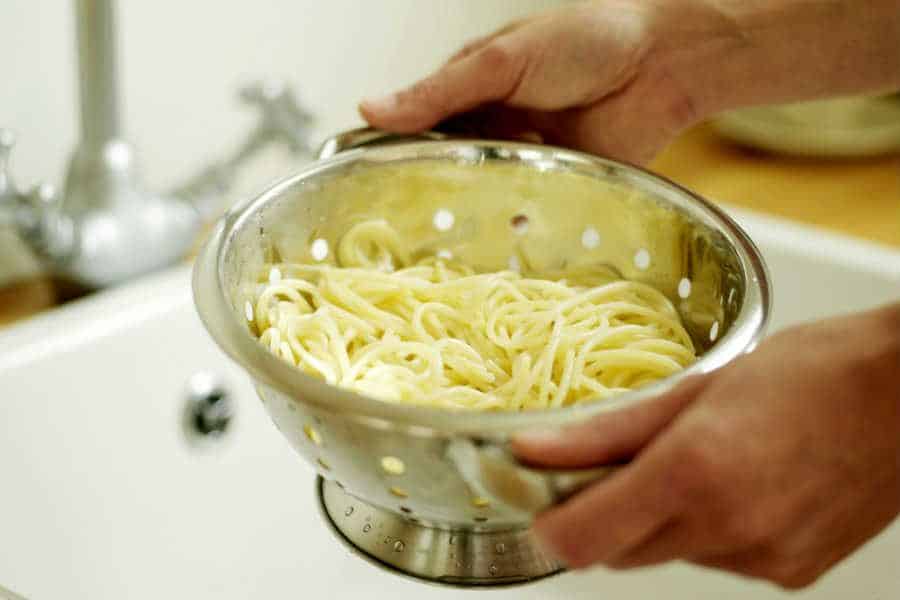Adventures In Italian Al Dente

“Firm to the tooth, firm to the touch.” This is the term that defines the way that most often describes how pasta ‘should’ be cooked. While this is common wisdom, most of us have never stopped to ask ‘why should it be cooked al dente?’ In this article we will examine this question, as well as the benefits and drawbacks of doing so both from a health perspective, and a culinary one. Furthermore, we’ll take a look at how the dish is prepared, and bring it all together in a simple guide to traditional Italian dishes.
The Firm Facts on Al Dente Pasta
For those who love pasta, one of the first answers you’ll get when you ask them ‘why al dente?’ is “it just tastes better that way.” We find it hard to argue that point. Texture plays an important role in the overall experience of food, and there’s nothing more off-putting than a squishy spaghetti. The pleasure we get from a firm, but properly cooked, mouthful of pasta just enhances the sauce and other ingredients, whether you’re eating spaghetti or stuffed manicotti.
Additionally, an al dente pasta holds sauce better, which just makes every mouthful a complete delight. A pasta’s ability to hold sauce starts in the factory where it’s made. Good dies (the part of the extruding machine that shapes the pasta) ensure that your pasta will have a rough exterior so it holds sauce better, but if it’s cooked past al dente, it just goes to mush and loses its ability to hold fast to that delicious sauce.
One final reason to cook pasta al dente that most people don’t consider is that, while pasta is pasta when it comes to its sugar content, for individuals with diabetes it’s the glycemic index that matters. Due to processes that happen as pasta cooks, al dente pasta has a lower GI than overcooked pasta, meaning even individuals with diabetes can enjoy it with less worry.
Is your Italian Dish Authentic?
We’ve talked about Al Dente pasta and why it just makes the whole experience better, but what if you want to make sure you’re experiencing a full authentic Italian dish? There are a lot of clues that indicate that maybe your ‘authentic’ Italian meal is really just playing for the crowd, and we’re going to give three quick tips that will let you know the difference.
Cheese Cheese Everywhere: Yes, cheese is delicious, and yes, cheese is a central part of many a true Italian dish, but if everything is drowned in mozzarella and a dozen other cheeses? Then the dish may not be a traditional Italian one.
Italian Everything In Every Dish! Speaking of ‘things in every dish,’ true Italian cuisine is really simple. Deliciously simple. One clear indication that your dish is just trying to play off being ‘authentic’ is when every dish has a bevy of ingredients. Italian cuisine really believes in KISS (Keep It Simple Stupid).
Sauce on Top? Surely Not! Real Italian dishes will never suggest serving your pasta with the sauce still on top. This lets the pasta on the bottom dry out, and it drowns the top layer. Instead, authentic dishes will call for tossing your pasta in the sauce and adding a splash of starch-laden water from cooking to help it all blend and bind together.
So there you are, three quick tips that will help you ensure you’re really getting a taste of the old country, and enjoying properly cooked pasta! If you’d like a chance to test some authentic Italian dishes yourself, visit Italian Garden in San Marcos, TX.

